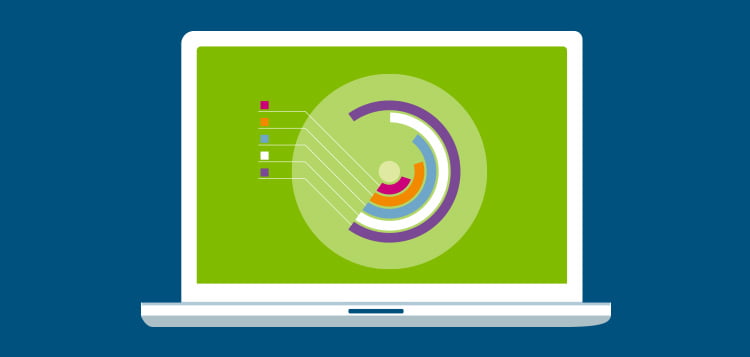Prepare Yourself To Journey Via Time And Discover Just How Sites Have Become Extra Advanced, User-Friendly, And Visually Magnificent
Prepare Yourself To Journey Via Time And Discover Just How Sites Have Become Extra Advanced, User-Friendly, And Visually Magnificent
Blog Article
Team Writer-Kinney Hejlesen
In the past, sites were basic and concentrated on info. Navigation was straight, and style was for desktop computers. Currently, individual experience is vital. Information guides styles for easy navigation. Responsive designs fit various devices. Today, dark mode minimizes strain, and minimalist menus improve navigating. Interactive features involve users, and vibrant visuals attract attention. AI assimilation enhances engagement. See just how layout has advanced to enhance your on the internet trip.
Early Days of Web Design
In the very early days of web design, simpleness preponderated. linked web site were fundamental, with limited shades, font styles, and designs. The emphasis was on giving info rather than flashy visuals. Users accessed the web through sluggish dial-up connections, so speed and functionality were essential.
Navigating food selections were straightforward, generally located on top or side of the web page. Internet sites were designed for computer, as mobile browsing wasn't yet prevalent. Content was king, and designers focused on very easy readability over intricate style components.
HTML was the key coding language used, and designers had to work within its constraints. Animations and interactive functions were very little compared to today's standards. Sites were fixed, with little dynamic material or tailored customer experiences.
Increase of User-Focused Layout
With the advancement of website layout, a change in the direction of user-focused style concepts has actually become significantly famous. Today, creating web sites that focus on customer experience is important for engaging visitors and attaining business objectives. User-focused layout includes comprehending the requirements, preferences, and behaviors of your target audience to customize the web site's layout, web content, and features as necessary.
Designers currently perform extensive study, such as user surveys and use testing, to gather understandings and feedback directly from users. This data-driven technique helps in producing user-friendly navigating, clear calls-to-action, and aesthetically appealing interfaces that reverberate with visitors. By placing the individual at the facility of the style process, sites can provide a much more tailored and enjoyable experience.
Responsive design has actually also emerged as a key facet of user-focused layout, making sure that sites are optimized for numerous gadgets and screen dimensions. This adaptability improves ease of access and usability, catering to the varied means customers communicate with sites today. Fundamentally, the rise of user-focused layout indicates a change in the direction of producing electronic experiences that focus on the demands and expectations of the end user.
Modern Trends in Web Design
Explore the current trends forming web design today. One popular fad is dark mode style, supplying a smooth and modern-day appearance while decreasing eye pressure in low-light settings. Another key trend is minimalist navigating, streamlining menus and enhancing individual experience by concentrating on essential elements. Incorporating micro-interactions, such as computer animated switches or scrolling results, can develop an extra interesting and interactive web site. Responsive design remains crucial, making certain seamless customer experiences throughout various devices. In addition, utilizing vibrant typography and unbalanced formats can include aesthetic interest and accentuate specific material.
Integrating AI innovation, like chatbots for consumer support or personalized referrals, improves individual interaction and streamlines processes. Accessibility has also come to be a considerable pattern, with designers prioritizing inclusive layout methods to accommodate diverse individual requirements. Welcoming sustainability by maximizing site performance for rate and performance is another emerging pattern in web design. Working together with user comments and data analytics to repeat and boost style constantly is important for remaining pertinent in the ever-evolving digital landscape. By embracing these modern fads, you can develop an aesthetically attractive, easy to use internet site that resonates with your target market.
Verdict
As you assess the evolution of website layout from the very early days to currently, you can see exactly how user-focused layout has become the driving pressure behind modern patterns.
Accept the trip of modification and adaptation in website design, constantly maintaining the user experience at the forefront.
Stay current with the current fads and modern technologies, and never stop evolving your technique to produce aesthetically spectacular and straightforward web sites.
Advance, adjust, and produce - the future of web design remains in your hands.
